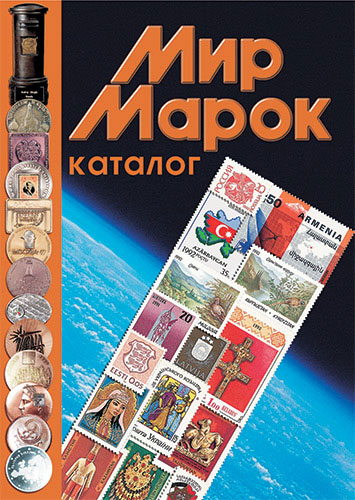
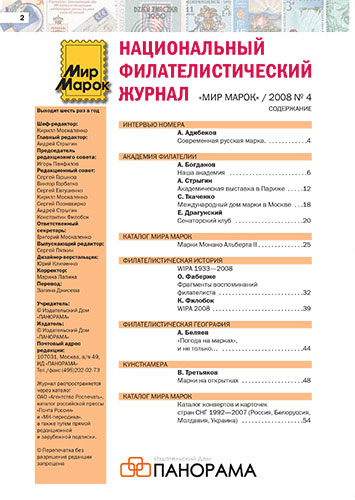
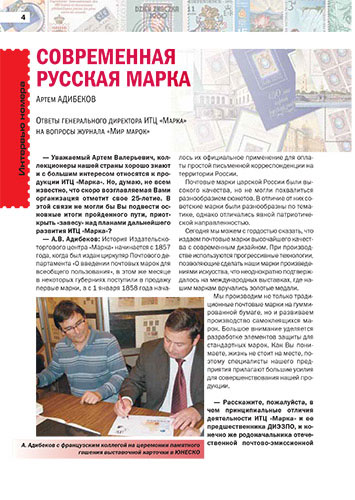

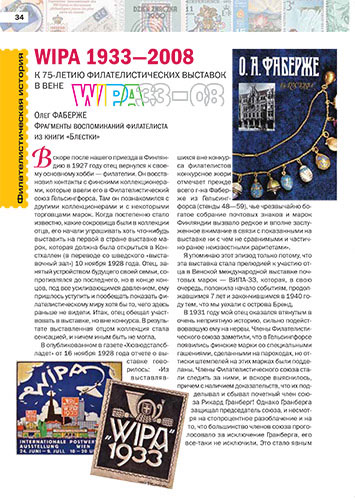
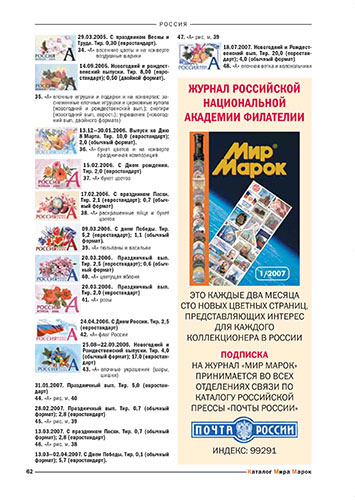
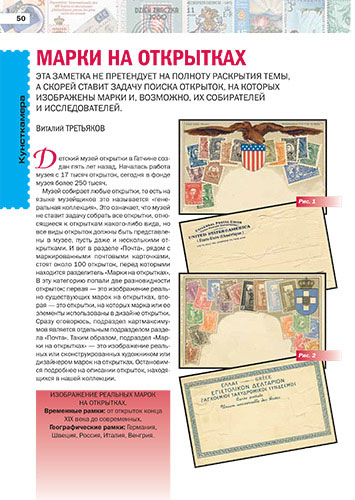
Rebranding; New product – Digital Magazine
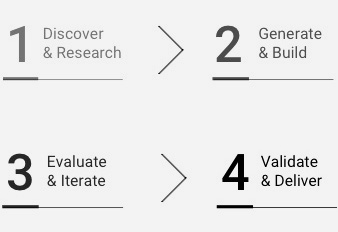
Stamps’ World is a magazine for professional collectors, philatelists, numismatists, philokartists, and business people. It's been over 2 decades in this niche business. Changing market and target audience together with new technical possibilities dictate the new rules to stay on the wave.
With the changed market and target audience the magazine’s brand message became unclear, values were not communicated clearly and number of readers started decreasing. In 2009 the magazine was published quarterly, page count descreased from 80 to 48, as well as the run came close to 2500 copies.
Reestablish the brand and optimize the magazine content and design to the new market and audience, retain customers, gain new business offers.
I led the rebranding process, research, and implementation, built, lead, and mentored team of 4 people (3 designers and 1 developer), worked with stakeholders. Initiated the move from print to digital and led the process, introduced the new workflow.
After a brief introduction to the magazine and the National Academy of Philately which owned the Stamps' World, I was able to identify several main problems and areas to work on. That included moving the magazine from print to digital, as well as conducting a full rebranding. The first one had to be put aside for a while due to the business structure and other constraints, the rebranding phase became the first step in bringing the magazine back to life.
We researched:
History of the Stamps’ World magazine, why and how it was established
The philatelic world and stamps research, process of stamps’ design and print
Philatelists’ motivations to be involved in this industry, reasons to read this magazine and philatelic publications in general
The resource flow and how, why and by whom the Academy and magazine were funded. It helped me to better understand the business goals and possible work scope, frame the capabilities including tech and manufacturing.
The market, competitors, their wins and falls, what worked for them and what didn’t, what could be improved. We researched Russian National Academy of Philately, European Academy, and other similar organizations.
This analysis helped to determine what to include in the magazine, the volume, how many and what sections to make, how frequent to publish, and which distribution channels to aim for.
People ages 42-75, professional collectors, experts, investors, business people, philatelic dealers, politicians, royal families
People ages 65-92 – hobbyists
Bookstores and auctions, philatelic federations and associations
Philatelic Academies in Europe, USA, Asia and their members







5 of 5 thought it’s and old magazine and didn’t recognize it was the last issue, assuming that the magazine was taken from archives from the 80-s or 90-s
4 of 5 couldn’t find an article that we asked to show
3 of 5 didn’t know what chapter to look at in order to search for this article
3 of 5 didn’t think the magazine was valuable for them, assuming the magazines don’t have good catalogues and the information source is probably shallow
As an established magazine that is regularly exhibited in Monaco, Germany, France, Great Britain, China and other countries, it fails to show its authority and values, position in the philatelic world
The magazine started losing subscribers
TA changed and needs to be rediscovered
Same as the most editorial materials in the philatelic field the Stamps' World was outdated in the feel and look, content was not fully optimized for readers needs. Materials were unstructured and difficult to find, poorly designed
Based on the issues discovered the following assumptions were made:
Rebranding based on the new audience, the right presentation of the values and capabilities, will help to position the magazine as a modern edition
Clear, better structured content will be easier to find, more enjoyable to read, it will also look more professional
Providing better, more detailed and up to date content, collaborating with professional philatelists in writing articles, including research materials into the magazine, expanding catalogs and increasing the volume of the magazine will bring it closer to an encyclopedia in value
Retain the subscribers
Grow the community
Strengthen the collaborations with European National Academy of Philately
Establish Partnership with Biblio Globus – the leading Russian bookstore – to sell copies
Strengthen the relationships with Russian Post to gain additional funding and scale
Participate in bigger variety of international exhibitions and aim to take medals
Based on the research results and analytics the assumptions were finalized:
Building a stronger brand, showing its values, will strengthen the authority and build trust
Clear, better structured content, and collaboration with professional philatelists will help to gain new readers, establish new partnerships and strengthen the current ones
All of the above will help to gain more medals at the exhibitions, retain customers
The magazine expansion will grow the community and vice versa
An opportunity to purchase a single issue will make the magazine more accessible and will create more sales
All the analytics and data we gathered was documented for the future evaluation
Stamps’ World is an established magazine with a history. It was founded in 1990 and remained in the same design ever since. During the years there were many changes inside and outside of the company such as following:
New public emerged – demographics shifted and if before the most of the readers were hobbyists, then it became more inclined towards business people and high-profile experts, philatelic dealers, long-term or dynasty traders who inherit and own their collections for decades. The new TA rediscovery is essential.
The technological advance – was already on the rise, many print magazines and even the whole publishing houses switched or were in the process of moving to digital. Due to some business and organizational reasons we had to avoid doing sharp changes, so I decided to start with the brand itself and with magazine redesign, still in print, but as a step to prepare for a digital version, shifting the workflow and adjusting to the new proceses.
Evolutionary changes – the company outgrew its origins, now it became a connecting hub for many Russian and European Philatelic Academies, an Academy of Philately was formed around the Stamps’ Magazine (in 2006). As well, the magazine had now access to more rare stamps and collections, its catalogs became more complete and valuable. Need to present the current magazine values corectly.
Reader's Value
An access to the most recent and reliable information about the philately around the world
Community building and mutual support
Business Value
Increase in sales for both, magazine (membership/ sole) and philatelic materials (stamps, coins, cards)
Strengthen brand authority and trust
Know the people better – create better magazine, get feedback, iterate et c.
Measurement of Success
Increase in sales
Funding and new projects from Russian Post
New partnerships, including Biblio Globus bookstore (as a distribution platform) and European Academy of Philately
Number of paid philatelic ads in the magazine
New business offers and collaborations
Medals at the international expos
Rebrand and redesign. Relaunch and present the pilot issue at the IBRA and MonacoPhil exhibitions (the next coming large philatelic events)
Gather feedback and make changes for the next issue
Change the print services and vendors
Collaborate with the writers, editors, and proofreaders on the content, restructure the magazine.
Cultivate the right partnerships (Biblio Globus Bookstore, Russian Post, European Academy of Philately)
Build and mentor the team to prepare to build for an iPad/ digital
Create a platform to allow people to sell/ buy stamps – it will retain more customers by preventing them from using other services (proposed early, implemented later in an iPad app)
Due to some technical constraints within the company – start with print, test the new design and content, validate
Start building for an iPad version in a year-two, consider the TA and my team
To find out how people understand the content we provided, where people expect to find it when they open the magazine, and to generate more labelling ideas, we did an open card sorting.
We worked with 15 participants – magazine readers. They organized all the articles and texts into groups and then titled these groups. After the excercise was completed we started analyzing:
With the team and stakeholders we brainstormed the information that the people find useful
We researched what content and chapters do competitors’ magazines have in their issues and which of these articles were sorted in the similar way the participants did
We also did a closed card sorting with 15 other participants (Academy memebers) to validate some chapters. We wanted to find out if people understood what each category is about and to point unclear chapter labels, so we could change them.
We discovered how and why people group articles together. Based on the findings we could understand what chapters were well labelled and what could be replaced.
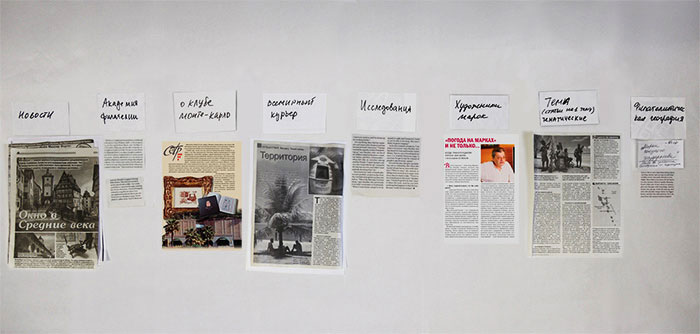
We went through an excercise to define the key essense and goals of the brand. During the stakeholders interview I asked the following:
Why this magazine was created and why the stakeholders believe in their ideas. Why should people get this subscription. I documented their responses and organized into one sentence.
List 5 words that describe this magazine as a company, and 5 words that encompass the brand.
Define the target audience in as much depth as possible.
Then, we were able to define the Brand Positioning in the Market its Core Values. After the series of workshops we formed the Positioning Statement similar to: "Philatelic encyclopedia in a magazine format. The knowledge of experts from a reliable yet fun source." With stakeholders we brainstormed the Essense, Vision and Mission Statement to be able to develop the right experience across the media and to create targeted content.
Stamps’ World – a community of experts that connects philatelists around the world through exhibitions and valuable content.
Casual with the hint of luxury. Modern yet authentic and classic.
The most reliable source of information and news delivered by industry experts. The best structured and designed encyclopedia in a magazine format.
Trust, authority, recognition are important. Resourceful and entertaining – unique for such magazine.
Strives to make sure that the info source is trusted and clear
A hub for international philatelists, working with a distributed team of experts and correspondents throughout the world
Magazine has an access to the rarest and oldest collections of stamps, coins, and postcards
We worked with Editor-in-Chief and with 12-20 writers/ editors closely on texts and design, to rethink and optimize the content. I collaborated with the team and stakeholders practicing co-creation workshops.
The following changes were implemented:
The magazine expanded to 100+ pages quarterly, truly becoming a mix of an encyclopedia and a magazine.
Solid colorful half-titles before each chapter were introduced to make it easier to find the right section and to better structure the content.
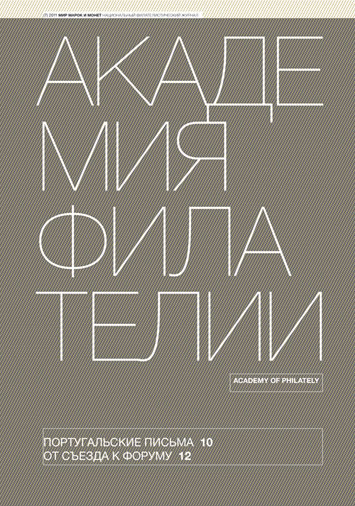
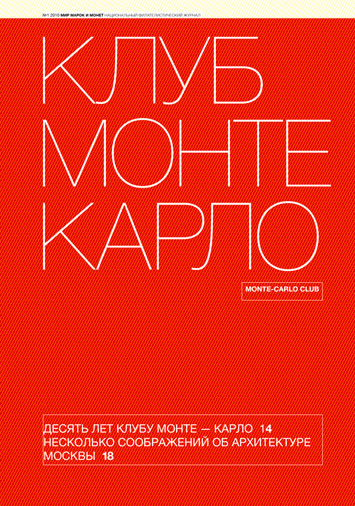
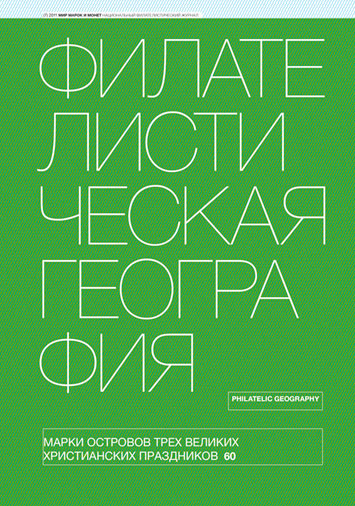
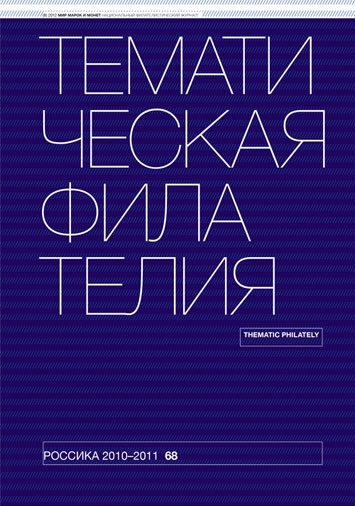
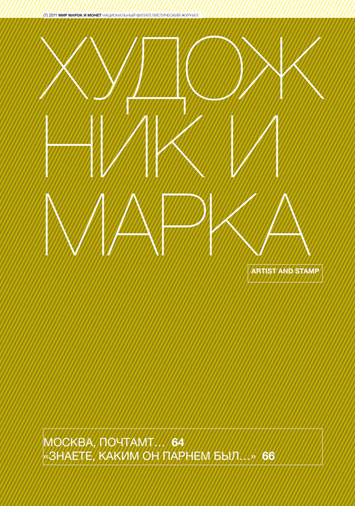
Based on card sorting and competitive analysis we established a number of chapters per issue: maximum of 10 and minimum of 5.
Inspired by guilloche, the fine geometrical ornament was chosen as one of the graphic elements of the magazine, to emphasize the feeling of a rare and expensive document. Guilloche is usually printed on currencies or certificates to protect against forged copies.
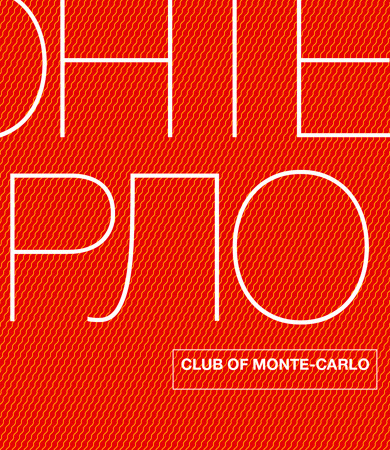
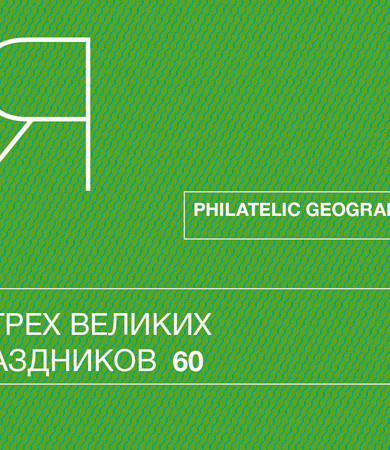
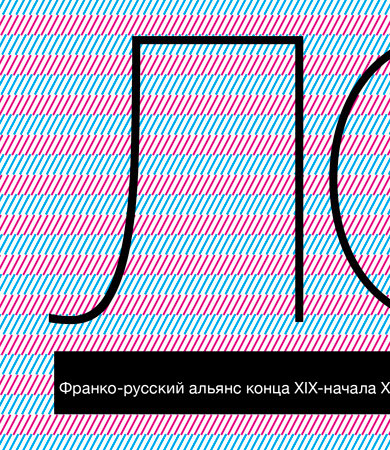

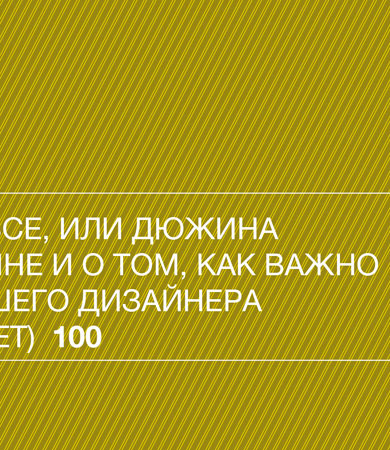
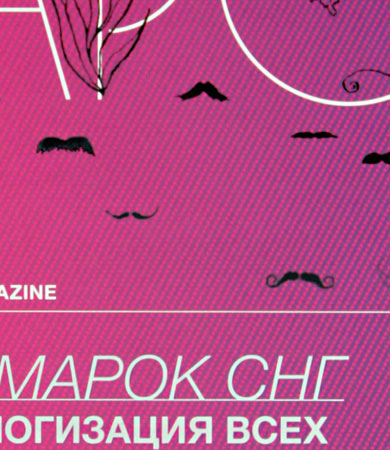
The modern template and small format size is easy to carry and enjoyable to read. The foil, UV varnish, Pantone or/ and Illustration, were present on each cover to remind about the unique and valuable nature of the stamps and other presented collectibles.
Hair font was selected for the logo, its round shapes and thin geometric forms are on the edge between modern and past – it sends us into the 60-s80s when this type of hobby was on the rise, but in combination with the new clean layout it fits the theme of the “hobby of the past in modern days business”. An extra thin type on the half-titles supports this idea and style.
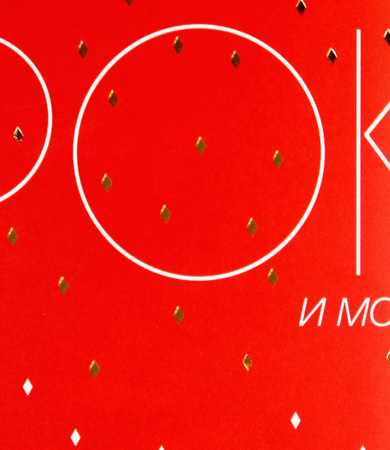
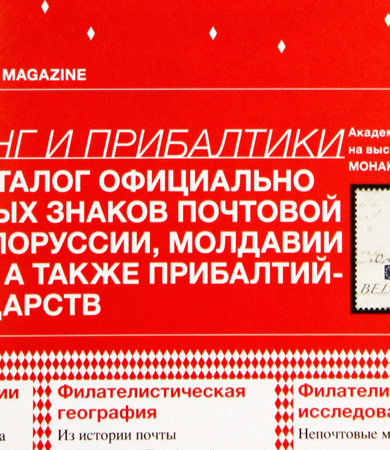
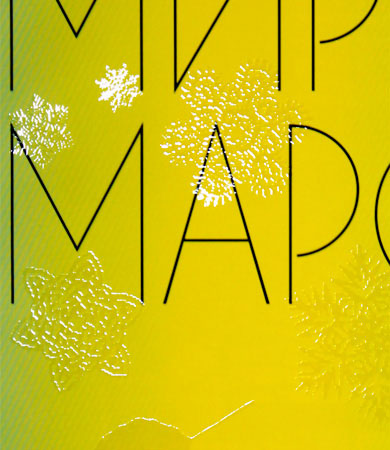
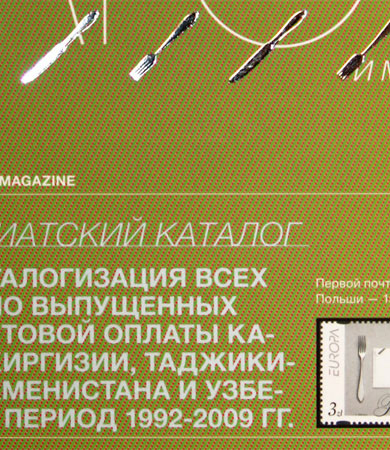
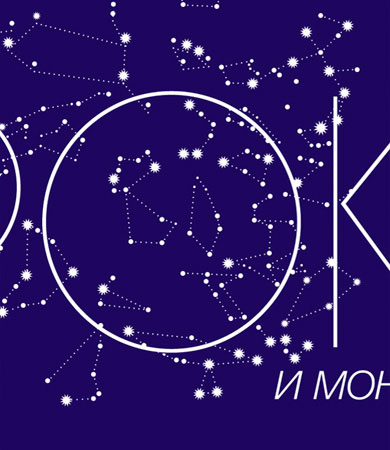
Defined how frequent to publish and lined up the possible distribution channels.
Since the magazine participated in various international exhibitions and it was planned for it to become even more active after the rebranding and redesign, we decided to make a short resume in English after each chapter. (Later an English Edition of Stamps’ World was issued to fulfill the growing interest of the European Academy and other foreign philatelic associations.)

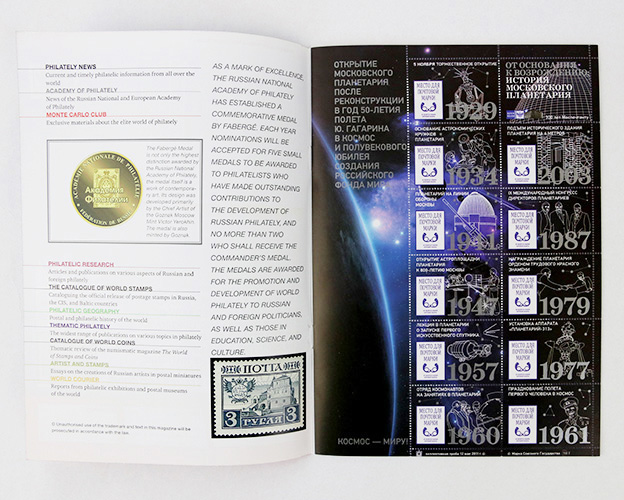
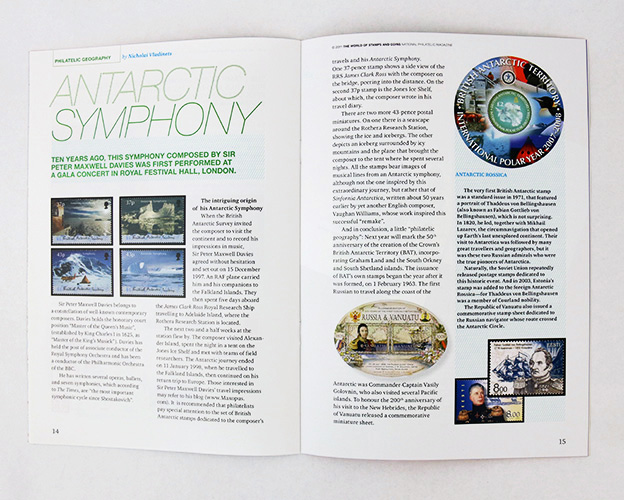
To evaluate the content and the design I created a magazine maquette (copy of 1) and showed it to 10 people – Academy people and stakeholders. We gathered feedback and made some iterations. Then, after the final version was ready the pilot issue was sent to print.
The Process Included:
Budget estimation
Vendor and print research, vetting, samples
Prepress and signing an issue for print
Proofs and follow-ups for the first 2 issues. I guided the adjustment of printing machines. That all resulted in an exceptional quality of print and binding
Directing product photo shoots
To validate the idea I showed the magazine at the first day of our attendance of IBRA Philatelic expo in Essen, Germany (an international philatelic exhibition that includes a large number of Russian philatelists and attendees).
Before the official presentation of the pilot issue at this expo I took an opportunity to talk to people and show them the magazine the day before, so they would stay unbiased. The feedback was very positive.
After the official presentation of the magazine and the pitch we received an offer to exhibit the magazine at the expo in Paris in 2 categories, to participate in cross marketing with the magazines and cataloges of European Academy of Philately. Then the idea of creating an English version of the magazine was born.
The magazine was accepted into bigger number of expos and was awarded with silver medals at various philatelic international exhibitions.

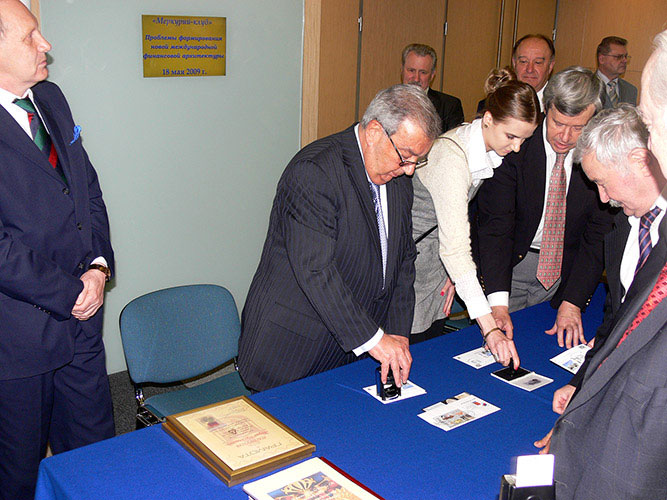
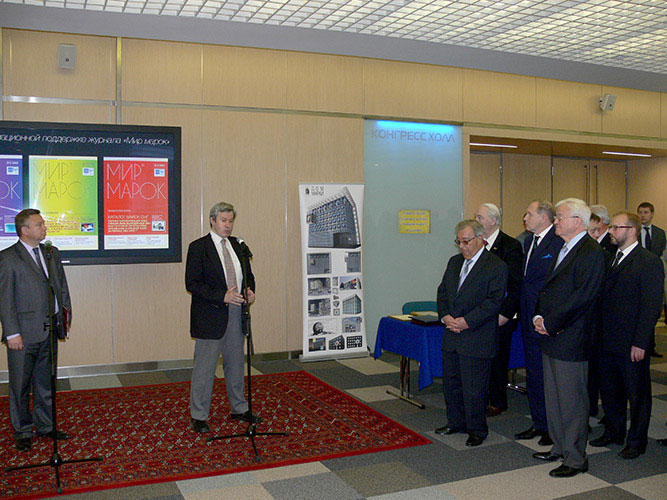
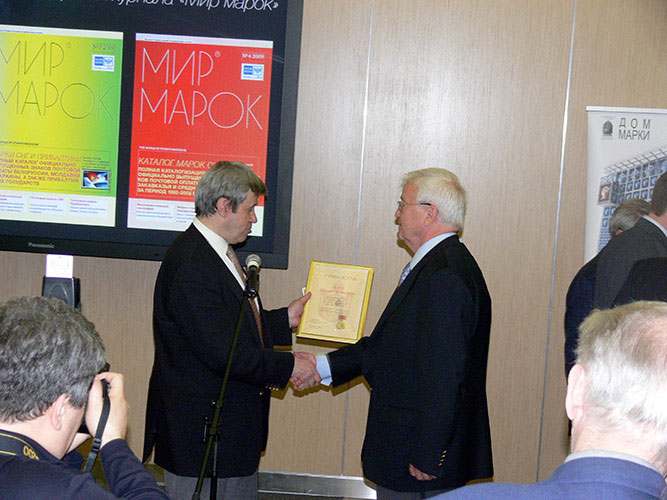
We compared the data from the beginning of the project with the new one that we gathered for the first 3 issues on the new Stamps’ World magazine.
Assumptions:
Building a stronger brand, showing its values, will strengthen the authority and build trust.
Clear, better structured content, and collaboration with professional philatelists will help to gain new readers, establish new partnerships and strengthen the old ones.
All of the above will help to gain more medals at the exhibitions, retain customers.
The magazine expansion will grow the community and vice versa.
An opportunity to purchase a single issue will make the magazine more accessible and will create more sales.
Results:
Confirmed. New partnerships and invitations to the bigger number of exhibitions were some of the results.
Confirmed. Readers growth, paid philatelic ads growth, proposals of several new projects related to the magazine, and new partnerships as some of the accomplishements.
Confirmed. The magazine took part in many expos internationally and gained a significant number of silver medals.
Confirmed. The more visibility the magazine gained, the more readers, Academy members, partners and collaborators it acquired.
Confirmed. It was easier for people to buy a single issue rather then subscribe for the whole year. It also established a positive attitude, since the single magazine was, obviously, less expensive.
Page count was 100+ as we declared, and it was the right choice because the magazine became more unique and valuable.
The magazine had more paid philatelic ads requests including from Russian Post. As well, Russian Post offered funding to expand the magazine and create a small edition for kids as their internal educational material (the projects was implemented and led by me).
The run was increased and the sales were already going up, because the magazine was accepted into the Biblio Globus Bookstore.
As well, Stamps World was placed onto the permanent exhibition in the Moscow State Museum of Oriental Art (post and publications section, content dedicated to Asia).
After the success in print version of the magazine it was the right time to expand into digital.
The research conducted in my role helped to demonstrate an obvious benefit from switching to digital. I used 3 Russian publishing houses of different sizes to show the available statistics and to demonstarte the possile positive changes on these examples. I also mentioned what type of restructuring the magazine would undergo (mentor half of current team memebrs to work on digital, introduce the new workflow).
With the team we also made quantitative and qualitative research and conducted surveys, and after the analysis I knew that at least 5 of 10 of the people had iPads, 9 of 10 had computers and used them to read the information online, visit websites, check e-mails.
I applied my design skills to know the stakeholders' mental models better in order to negotiate. The presentation of my research results helped to convince the stakeholders to gradually start evolving into the digital direction, and then after months of training and collaboration, the digital version of the magazine was in development.
Before proposing the new workflow I evaluated the cost of transition and benefits, it was clear that the benefits would visibly outgrow the possible issues associated with the switch to the new working process and tools, so the transition was considered “safe” and potentially beneficial. I applied the UCD techniques to my team to find out WHY they didn't want the change to happen, so negotiating and suggesting solutions based on their mental models was very productive.
Some of my team members as well as most of the on-site editors/ writers had to be trained to use the new workflow, since many were not familiar with the shared content management, which would have made the workflow much faster and easier (InDesign, InCopy)*.
We went through negotiations and discussions to create our schedule, a series of collaborative educational studies and step-by-step practice made the process more engaging and easy, I encouraged the team to give a timely feedback on the process. The productivity decreased at first, but since the deadline was chosen including many of the possible failures and tries, we were on time with the digital edition.
* Writers, editors and proofreaders can take full control of text in InCopy, the content after saving will be updated in InDesign. Similarly, InDesign users can share design updates with InCopy users to ensure everyone is working with the latest layout.
I monitored the metrics and kept surveying the TA, so I was up to date on all the changes. Since the next step was to go digital, an additional research of the similar digital editions and websites was made.
Results: most of such trading platforms were websites, not apps. Only some of philatelic magazines could be found online, many remained in print, some were uploadeed to the websites as scanned materials.
TA kept changing and the new findings appeared:
More people were involved into philately from a business prospectives and the trend kept growing while the amount of hobbyists declined sharply
The TA became younger as a result (dealers, traders) – 42-62
1/2 of the TA were using iPads for their business
Activation of online trading – a reason for the magazine to possibly get abandoned in the near future
Limited access to the magazine, only the physical copy is available
Adjust to the changing market and technology to retain customers
Change the workflow and adjust all the proceses to optimize the teamwork (meaning team globally – including all the authors and proofreaders)
Based on the vision, TA Problems, and Business Goals we consolidated that the digital version of the magazine should be created in order to:
Make an easier access to the magazine anywhere at any time
Create a platform to allow people to sell/ buy stamps, implement new features to allow people to trade within the magazine
Make the exhibitor application submission process more easy and allow people to submit their applications online from the magazine. Research customers and find the pains that a digital magazine could solve better than a print one.
Adjust the workflow to be more productive
An iPad version will be much more accessible and easy to use for the new TA
Interactive magazine will allow submitting an exhibit application from the magazine which in the future could lead to a monetization opportunity
The ability to trade within the magazine will prevent people from leaving for other services
A digital version will allow to restructure the budget and to explore the new opportunities
With the new workflow it will be much easier to change the materials, to see what and when was changed, it will save much time (up to 1/2+ time spent) to collaboratively work on an issue
Create and implement an online store with cart and payment options, some consulting possibilities
Create and implement a submission form that would send all applications to the host (expo)
Mentor my team: hold workshops to understand the values of the new working process and to help exploring the new tools, practice
Introduce, share and collaboratively implement a roadmap planning to plan and keep track on our process
Reader's Value
An access to the most recent info about the philately around the world any time anywhere
Trading right in the magazine
Business Value
Keep the magazine up to date with the technology
Budget savings of 30% which opens new business opportunities
% from the trading goes to the magazine to support the costs associated with an app and cart services
Measurement of Success
Stamps' sales number from an iPad
Budget savings, new opprotunities
Increase in subscriptions; maintaning the permanent subscriber number is a success as well, since the magazine is very niche
Based on the most recent research and interviews with readers (qualitative data), we created a persona that shows people behaviors, needs, goals and pain points. It helped to create the user experience, to adjust the content strategy and to get ideas about functions.
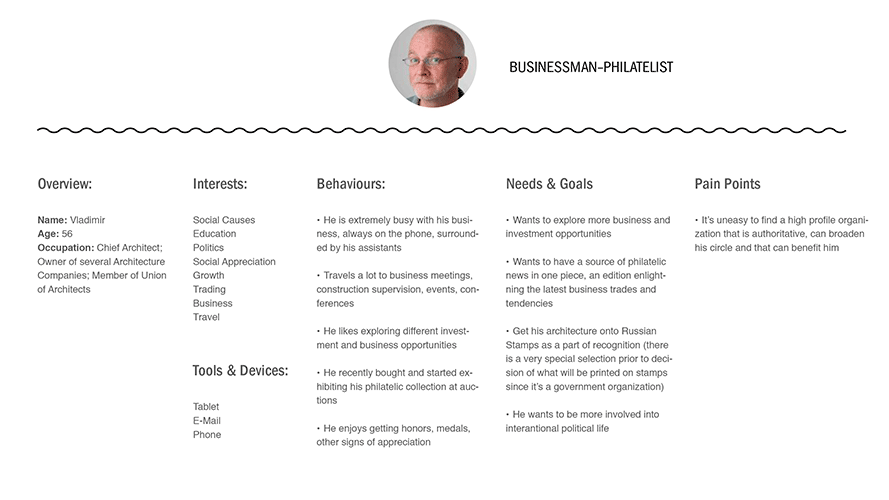
To understand WHY specific people come to the website, what are they trying to accomplish we drafted a scenario.
Vladimir is on a business trip when he is being informed by e-mail about the future philatelic expo. The exhibitors are welcome to show their Oceania emissions. Vladimir has a collection of French Polynesia Stamps that contains relatively rare emissions. Vladimir wants to know more about the expo, see the list of the participants from the previous expo and know more about the Academy who’s representatives contacted him concerning the expo. Vladimir added his e-mail to the mailing list for the upcoming exhibition when attended a presentation of a new book in some Moscow Bookstore.
Vladimir makes time for himself, turns on his iPad, opens this e-mail with the link to Stamps’ World and proceeds to the magazine. He can preview several pages of the magazine for free – so he does – he proceeds to the Philatelic Geography chapter and reads the first page. Then he tries to go to the next page and the popup appears saying that to proceed he has to subscribe or to buy a single issue. Vladimir found the information he just read relevant and decides to subscribe for the whole year, because he is planning to explore the philatelic field and network.
After subscribing he is sent back to the place he left off and continues reading. He finds all the information he was looking for and now is going to arrange his participation in this coming expo – he can submit his proposal through a magazine app. Vladimir sends his proposal right from the magazine page and continues reading and browsing the magazine.
This and all other scenarios were then converted into tasks for the further usability studies.

To understand better how people will perform tasks inside of the magazine, we developed use cases. An example is below.
Use case 1. Reading the magazine, checking the contents in order to go to the Philatelic Geography chapter and submit a proposal to exhibit at the expo (one of the example use cases). Customer - Professional Philatelist.
Preconditions: Vladimir is willing to know the latest philatelic world news in order to check back with the traders and to meet concerning a coming philatelic event.
Trigger: Vladimir received a message about the coming events and meetings from the community member. The collectors are welcome to exhibit their Oceania emissions, Vladimir wants to see the list of the partisipants of the previous expo.
Basic Flow:
1. Customer turns on an iPad, proceeds to the magazine
2. iPad loads the magazine
3. Customer swipes to the content and chooses Phiatelic Geography chapter, proceeds to the page
4. iPad delivers the Philatelic Geography chapter, the customer starts reading
5. iPad deliveres a message requiring to either purchse the subsciption or to buy the single issue in order to continue reading
6. The customer clicks “buy a subscription” button
7. iPad delivers the cart and a screen with the payment option
8. Customer inputs the credit card number and payes for the yearly subscription, the payment is done, the magazine is automatically delivered
9. iPad delivers the page the customer was left off
10. Customer reads the chapter and in the article about the expo pushes the “Submit” button to submit the exhibitor proposal
11. iPad delivers the form to fill out
12. Customer fills out the form and pushes “Send” button
13. iPad delivers the Thank you Page and sends the customer to the page he was left off
We practiced co-creation workshops to generate ideas.
The design for the digital magazine was planned to be built based on the print design but with necessary adjustments for digital. Content would have visible changes due to the possibility of showing much higher number of illustration materials.
We brainstormed with the team, created the mind map and a lot of sketches, we generated as many ideas as we could, starting from fast sketching, following by more detailed drawings.
We also used “The 5 Whys” technique asking questions about the magazine and its move to digital, each answer formed the basis of the next question.
For the brainstorming session to be successful I suggested the following:
No judgement
Any ideas at all and especially crazy ideas are highly encouraged
Build on the ideas of others
Stay focused on the goals
Be visual – write down on Post-its and then put them on a wall, draw, write
Aim for quantity – generate as many ideas as possible
We brainstormed the possible paths the magazine could take to succed in the main goals and thought how might we:
Improve the content and develop a brand to become more autoritative in the philatelic world
Increase sales and subscriptions
Collaborate with potential sponsors, companies and individuals
Together with the stakeholders we created a roadmap and a timeline for the digital magazine and established key milestones, determined how many people with what skills we need to work on this project, all trying to stay within our current team. We estimated a very rough ballpark figure for a budget and for the assumed benefits (monetary and timely).
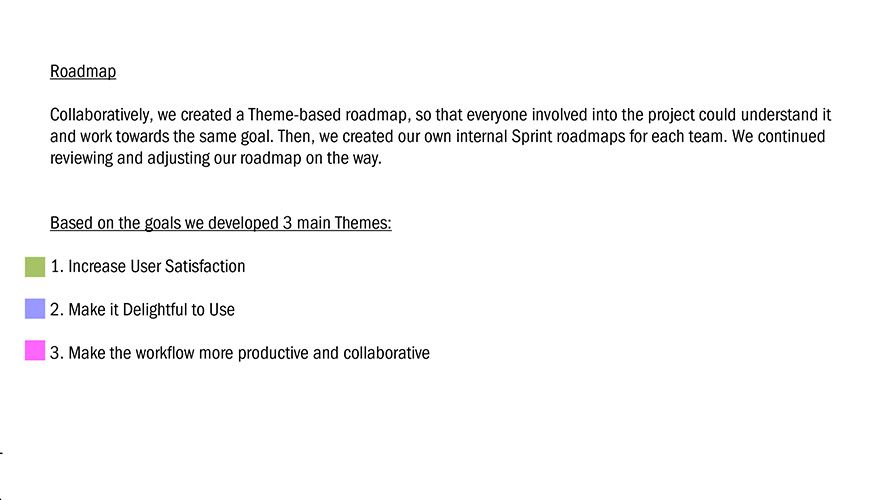
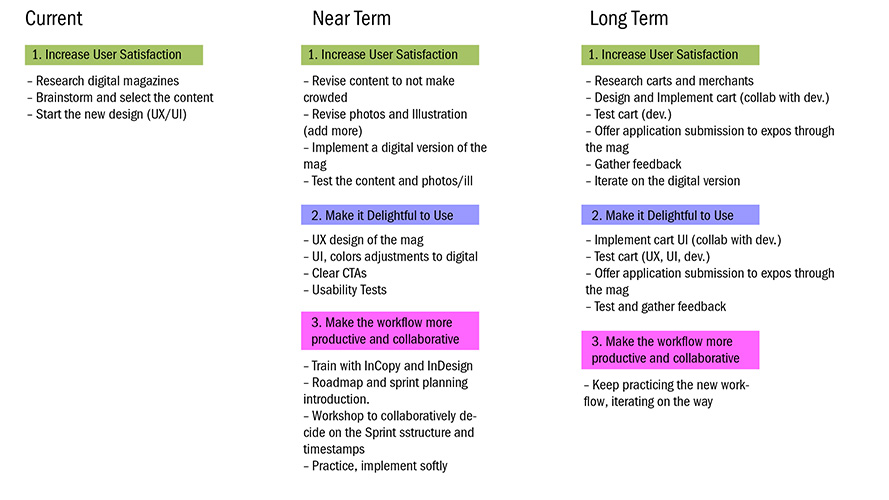
We had an open discussion with the team and stakeholders and initiated a Business Model Draft Workshop – everyone filled out the template of a business model, the main focus was on the stamps selling platform and exhibitor submissions. Not all fields were filled out, but it was enough to start working with it. We’ve redone this excersise once again to adjust and fill out the missing info.
After the initial design was ready, we created a lo-fi prorotype and showed it to 5 people as well as gathered feedback from all the stakeholders. We reviewed the results and selected the best options during a “sticky dot voting”. We kept iterating, diverged and converged on our ideas incorporating the best into one final solution.
Next step – creating a high fidelity protoype. Our first digital magazine prototype was created together with a developer, we made several pages and tested them on the TA.
Text content became more condensed and more visual with twice as many pictures as it usually was in print edition.
I confirmed our tech possibilities with the developer, and calculated the budget range we could afford, including all the fees associated with publisher, content management and cart. We researched and compared the following publishers: Joomag, Zinio, Next Issue and Apple Newsstand. They all had their pros and cons, so we drafted a table on a whiteboard to make the findings more readable.
We compared:
service subscription fee for users
back issues availability
total number of users
number of users in Russia
amount of publishers already on the platform
single issue or subscriptions purchase availability
analytics availability
ads regulations (if can turn them off/ on)
supported format – .pdf, .EPUB – or whether it should be an app
developer account requirements that would result in fees
server requirements to host and push content to subscribers
We uploaded the magazine to Joomag because it had no subscription fees and worked with pdf, it was easy to set up and had analyitcs available. It has a limited maximum subscriber number, but it worked for us well.
Stamps’ World is a niche magazine, so most of the traffic went through the direct referral via e-mail and ads in the philatelic print editions and catalogs. Thus, there was no urgency to publish to Apple Newsstand yet. It all resulted in our decision to start with Joomag to test the pilot issue and to validate it (cart and other features not yet included).
After the successful launch it was clear that building an app could benefit the magazine even more. Since one of the activities of the Academy was trading, earlier before, after analyzing the philatelic trading market and competitors I proposed to create a trading platform within the magazine. Thus, we needed to build an app.
The assumed benefits would be:
New monetization opportunities
In-app sales/purchases. People could sell their stamps, coins, other pilatelic materials through the Stamp’s World magazine
Digital magazine delivery network opened bigger audience
Various app stores presence (Apple, Google)
Availability for iOS and Android Smartphones
Better A/B testing (possibility to pre-publish the same edition with different covers to check which one works best)
We discussed the cart implementation with the developer to ensure it could be created (one of the proposals was – Shop-Script – an open source cart, PHP + Framework)
To evaluate the design and content we organized usability studies at the Academy.
We had 2 rounds of studies with 5 prticipants per round at the Academy of Philately. Interviews included the following tests:
Attitudinal and Behavioral tests to see the difference between what people say and what they actually do
Visual Affordance Test to check how the appearance indicates whether or not it can be interacted with and to make sure CTA are recognized
Tasks completion test (based on scenarios)
Some of the tasks were:
To read an “...” article (checked if people could understand what chapter to look into and how they could navigate)
To go from “...” article to the “...” article
To buy a stamp
To submit a proposal to exhibit at MonacoPhil expo
While testing the pilot digital issue on Joomag, we kept working on the app. It was decided to keep the "Sell" button and "Create an Account" on the last page of the black catalogue, because People were already familiar with the black background feature as “for sale”.
It was required to go through a survey before proceeding to the item placement. Overall, these buttons were less prominent than the "Buy" buttons for several reasons: to ensure the safety and seriousness of sellers, to avoid complications with security and fraud. As well, the maximum sales price per item was limited by $1000 with the possibility to increase in the future.
To Improve:
Make the page number more prominent
In the black catalogue make it clear which coins/ stamps were purchased (3 of 5)
Make the subscription offer more prominent and give a hint on the amount of content accessible for preview – 3 of 5 people wondered if it would be enough to just preview instead of purchasing
Tested Positively:
People have found the design very professional and beautiful – as some people mentioned – and the content engaging and useful. People were enjoying browsing through the magazine and working tasks (5 of 5 people)
People knew where to find the information they were looking for, which chapter to choose (5 of 5 people)
People always knew what chapter they were in (5 of 5 people)
People could figure out easily that they could submit an exhibit application right from the magazine app (4 of 5)
People could understand that they could buy stamps right inside of the magazine app when tested an app version (4 of 5 people)
People had no problem understanding how to buy the stamps (5 of 5 people)
People could understand how many steps it would take to buy stamps (how many steps to go, how many steps are done) (5 of 5 people)
People could successfully finish the given tasks (5 of 5 people)
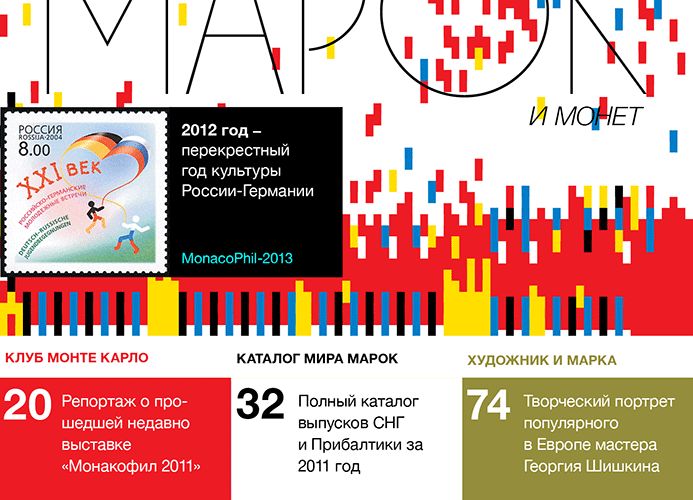
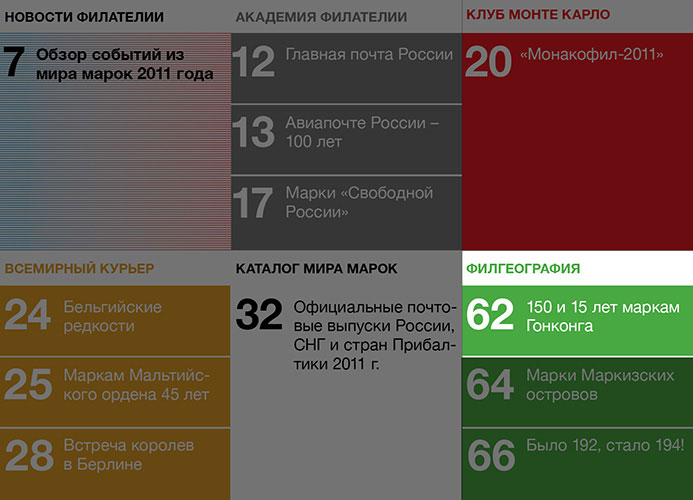
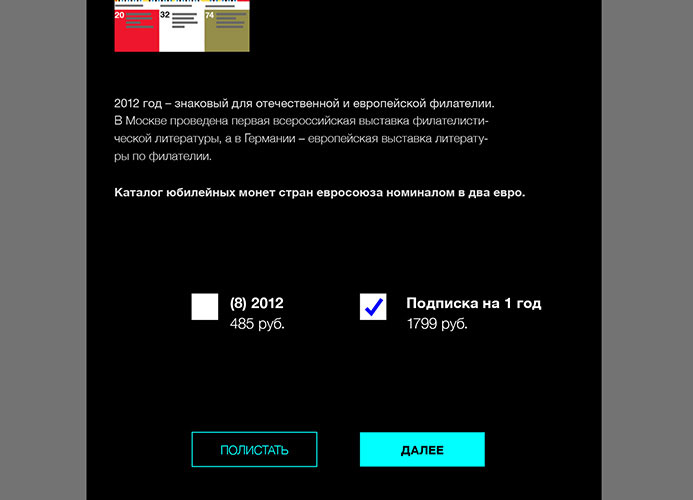
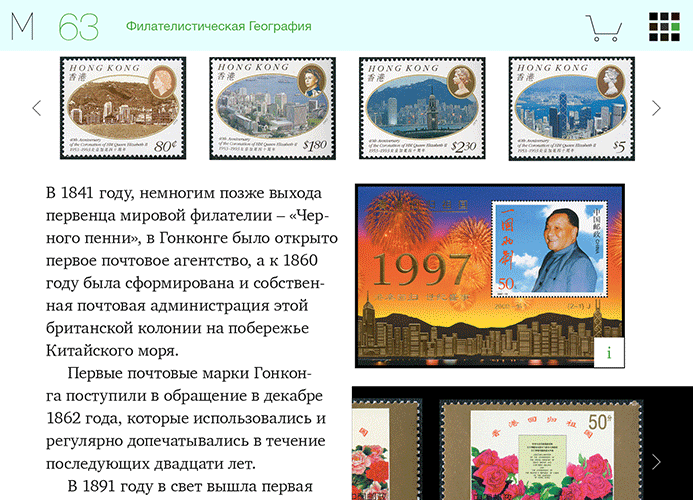
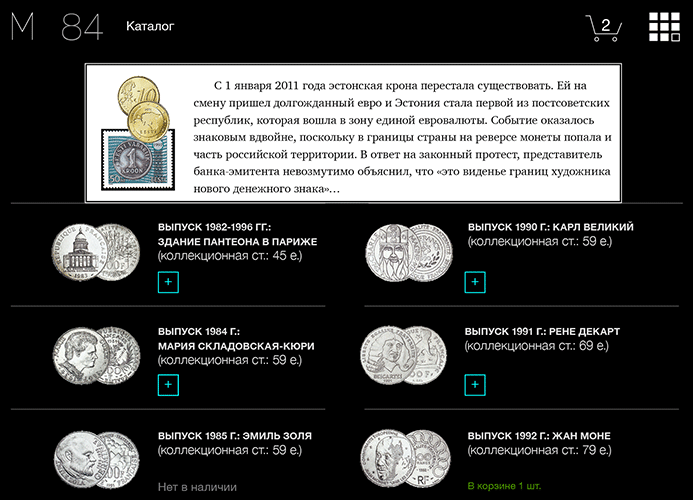
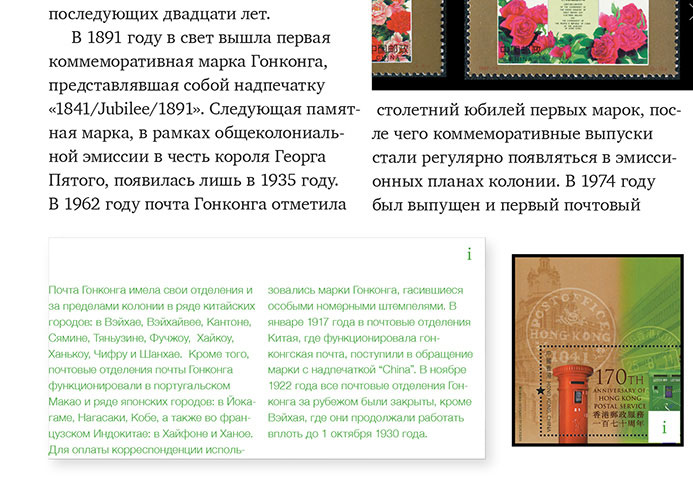
Now it was possible to include the maximum amount of stamps into the issue – incorporating scroll and carousel made it easy to add all the stamps within the relevant content what wasn’t possible on print.
Stamps became larger because the captions were previewed on click – only when people wanted to see an additional info.
All stamps/coins and cards available for sale were indicated by the black background (feature was implemented from the black catalogue that represented stamps for sale in a print edition. People were familiar with this meaning of black background as “for sale/ catalogue”)
A trending event as usual was on the cover, but now people could go to the trending page directly from the cover in one click. An application for an exhibition could be submitted in 2 clicks – Cover-Article-Sumbit)
People could also place their stamps in the magazine for sale
The move to digital helped to save 30% of the money which were previously spent on materials, print and distribution, and allowed to explore other opportunities such as new partnerships and initiatives – Rossica expo was created as a subsidiary from the Academy.
After the 2-nd round of interviews the results were promising:
5 of 5 people liked the clean design, clear structure and relevant content (they were comparing to the other philatelic magazines)
5 of 5 could find the CTA button to submit the exhibit proposal – it was prominent
4 of 5 could understand which stamps were available for sale (star appeares near each available stamp)
5 of 5 figured out with no problem how to buy a stamp
4 of 5 people understood that they could ask a question concerning their purchase (stamps, coins, cards)
5 of 5 people were clear about how many steps were there to complete the purchase or submit a proposal application
5 of 5 people knew where they were at and how to go to the other chapter/ article
4 of 5 people could figure out that to go home (to the cover) they need to push the M button
We went throught several iterations before the numbers became 5 of 5 and conducted 2 rounds of interviews and tests.

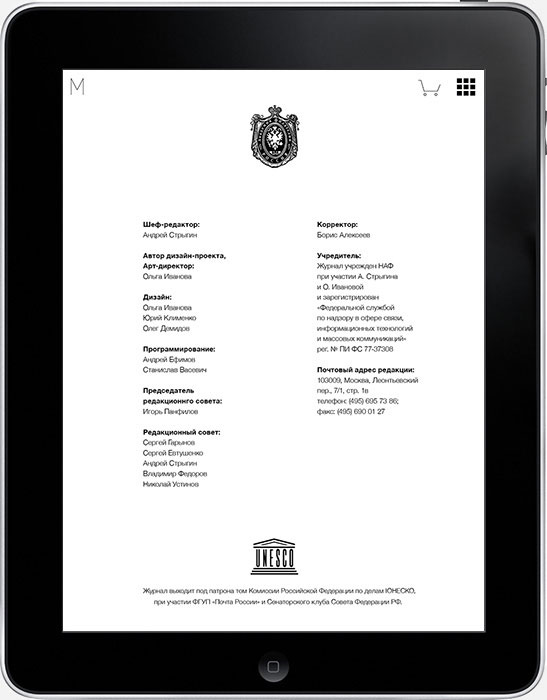
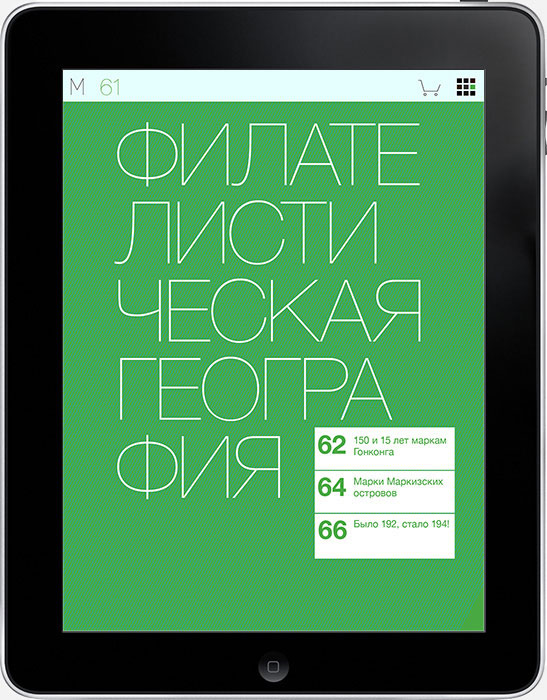
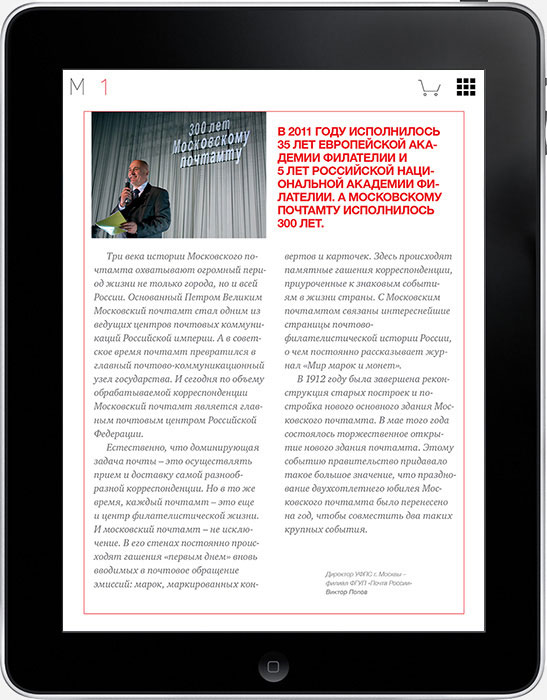
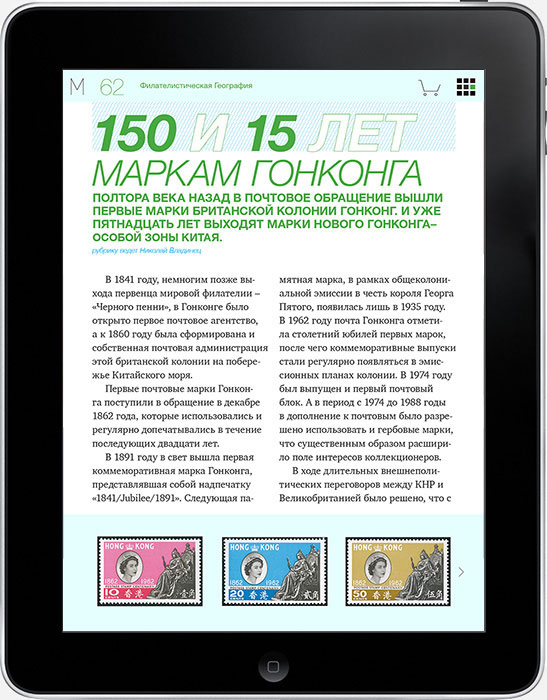
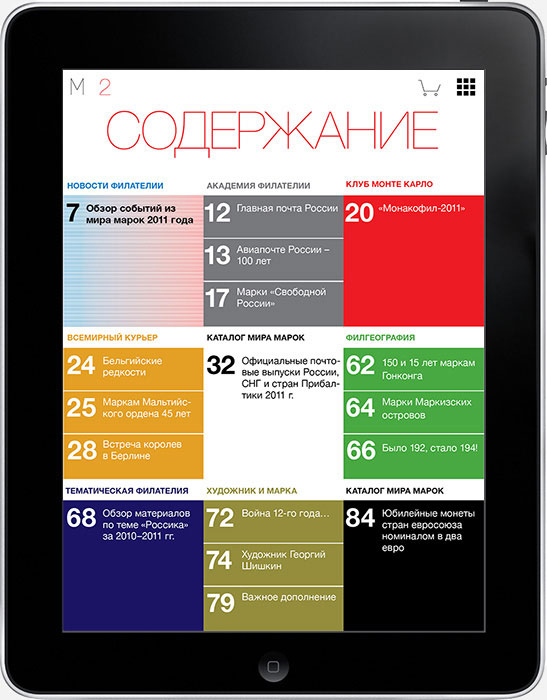

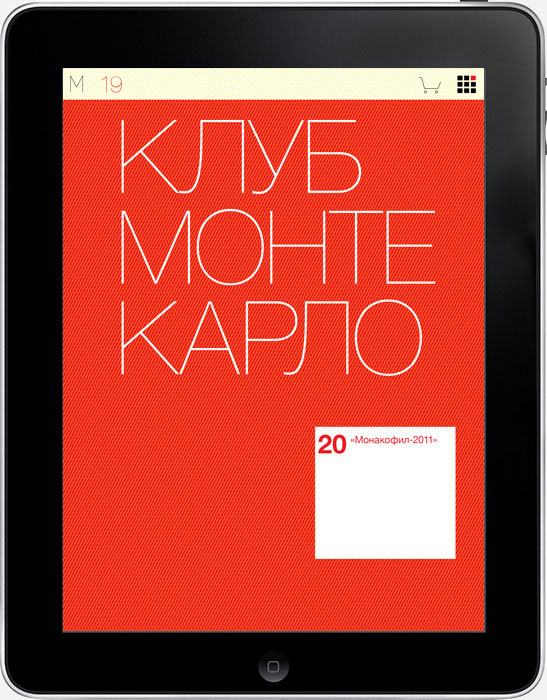
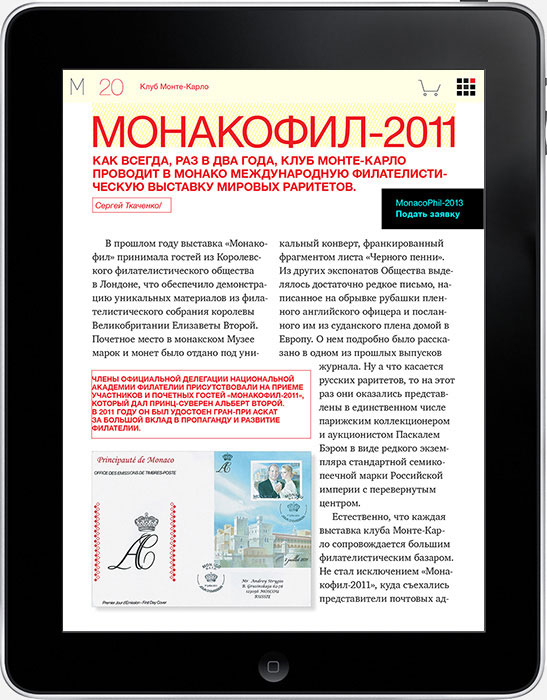
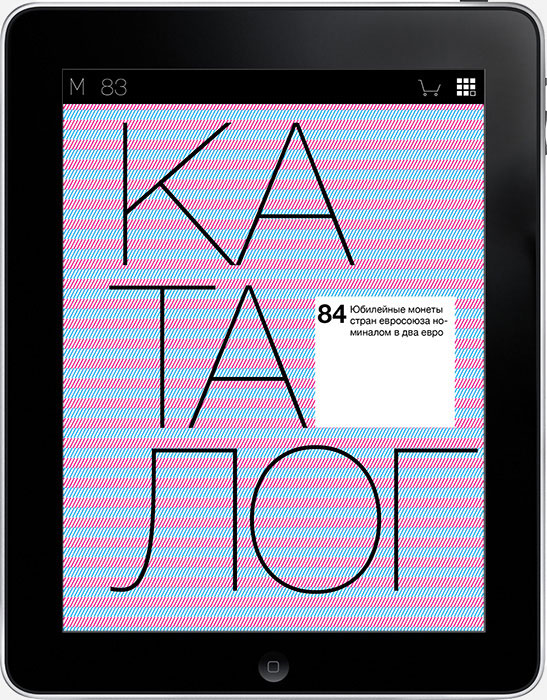
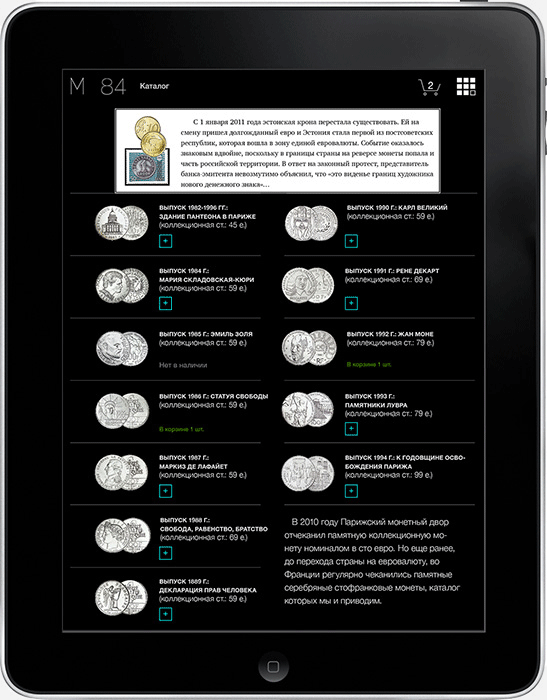
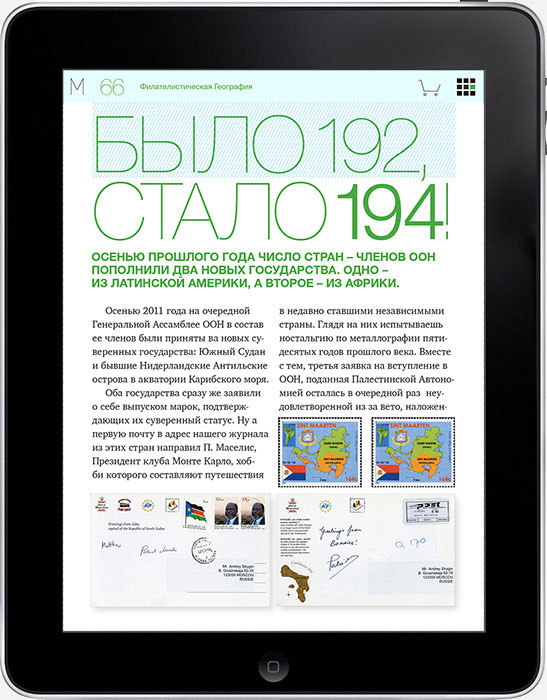
We compared the data from the beginning of the project with the new data after the digital magazine launch.
Assumptions:
An iPad version will be much more accessible and easy to use for the new TA.
Interactive magazine will allow submitting an exhibit application from the magazine which in the future could lead to a monetization opportunity.
A digital version will allow to restructure the budget and to explore the new opportunities.
The ability to trade within the magazine will prevent people from leaving for other services.
The new workflow made it easy and fast to collaboratively work on the magazine.
Results:
Confirmed. Analytics showed that people from TA access the magazine more often compared to the number of sold print issues.
Confirmed. The negotiations were in progress even though not implemented yet.
Confirmed. The saved budget allowed to explore the new projects such as Rossica expo.
Confirmed. People were glad to have an opportunity to trade. The sales were small, but the abandonment rate didn't grow.
Confirmed. As well, team felt satisfied and accomplished after the new achievements that were genuinely and thoroughly appreciated, the morale was up and my team could feel the value that I was proposing earlier. Now they could save the time and be more productive.
User and Market Research; Brand and Design Strategy; Product Design; Design Sprint; UX and Visual Design/Illustration; Usability Studies; vendor vetting and communication; manufacturing set up; manufacturing management and communication; legal; team building and mentoring; budget management
Not very long after the iPad version implementation the economic crisis happened in Russia in December 2014 (rubl weakened dramatically compare to the foreign currencies due to the lowered oil price worldwide). In 2015 it was decided to finilize the online and print magazine due to the low buying capabilities among the people – all prices increased sharply. As an alternative the Academy put its attention and funds to the Rossica expo and other initiatives.
© 2018 Ol-iva